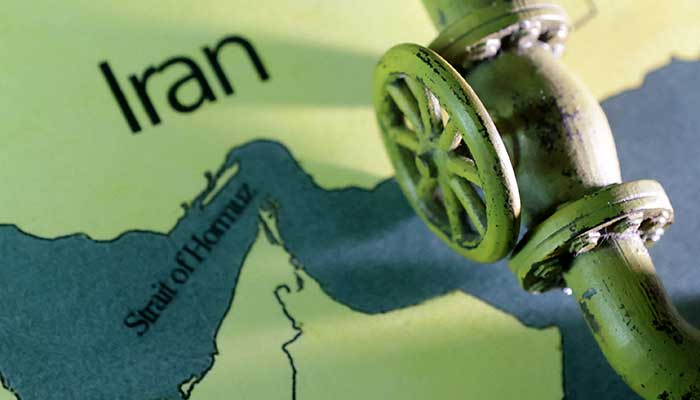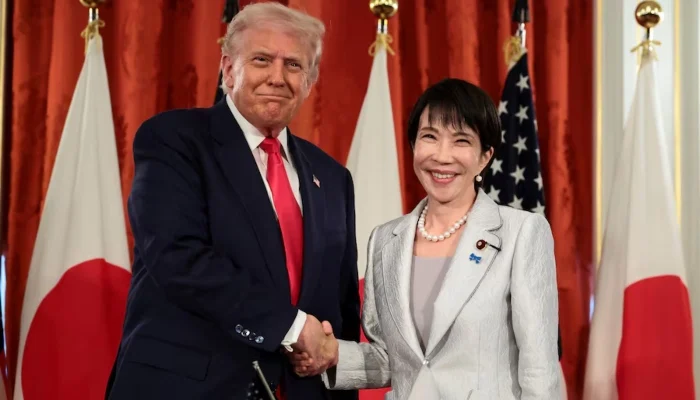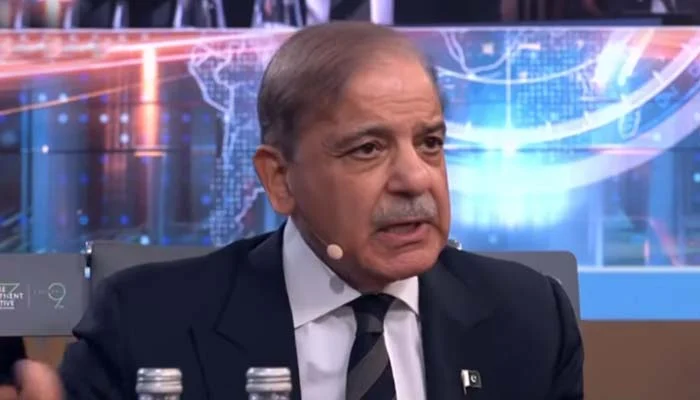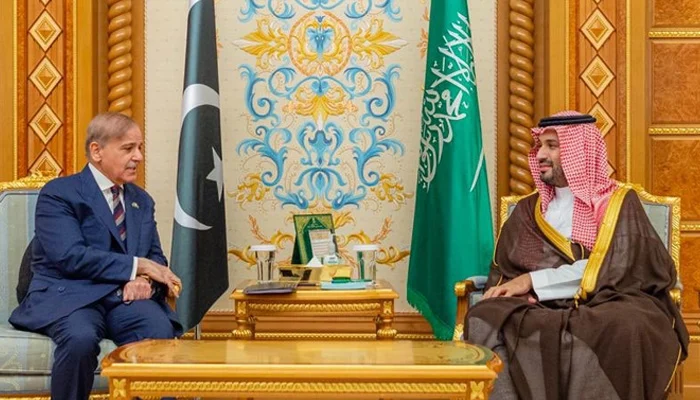The Strait of Hormuz, a narrow waterway connecting the Persian Gulf with the Arabian Sea (Asia), is one of the most critical chokepoints for global energy supplies. Roughly one-fifth of the world’s total oil consumption and a significant portion of liquefied natural gas (LNG) passes through this strategic corridor each day. Any disruption or blockade in this area would have far-reaching implications, particularly for energy-dependent Asian economies.
With mounting tensions in the Middle East, especially involving Iran and Western powers, the threat of a blockade or military conflict in the Strait of Hormuz has once again come under global scrutiny. For Asian nations that rely heavily on energy imports from the Gulf region, the risks are immediate and severe.
Top Asian Importers at Risk
Among the most vulnerable countries in Asia are China, India, Japan, and South Korea — all of which are heavily reliant on oil shipments that pass through the Strait. These nations have built economies around continuous access to affordable energy, and any disruption could lead to rising costs, supply shortages, and economic instability.
China, the world’s largest importer of crude oil, receives over 40% of its oil supplies from the Middle East, much of it transiting through the Strait. Similarly, India imports nearly 80% of its crude oil, with the Gulf accounting for a significant share. Japan and South Korea, both lacking significant domestic energy resources, are equally exposed to potential disruptions in the Strait.
Economic Implications of a Blockade
A blockade of the Strait of Hormuz would cause immediate spikes in global oil prices, potentially reaching levels unseen since previous crises in the Gulf. For countries like India and Indonesia, where fuel subsidies play a major role in domestic policy, such price surges could strain public finances and exacerbate inflation.
Manufacturing sectors across Asia, particularly in China and Southeast Asia, would face higher input costs, slowing production and increasing export prices. This could further disrupt global supply chains already weakened by other geopolitical tensions and climate-related disruptions.
Additionally, LNG shipments vital for power generation in countries like Japan and South Korea would be delayed or redirected, increasing energy insecurity during critical periods, particularly in winter or peak industrial seasons.
Alternative Routes and Strategic Reserves
While some Asian countries have taken steps to mitigate these risks, such as building strategic petroleum reserves and diversifying import sources, the geographic and logistical challenges remain substantial. Alternate shipping routes, such as around the Cape of Good Hope, add significant time and cost to deliveries, making them economically unfeasible on a large scale.
China has invested heavily in overland pipelines from Central Asia and Russia, as well as port infrastructure through its Belt and Road Initiative, to reduce dependence on maritime routes. However, these alternatives are not yet capable of replacing the volume that transits through the Strait of Hormuz.
Japan and South Korea maintain strategic oil reserves sufficient for several months of consumption, but these are intended as temporary buffers rather than long-term solutions. India has also begun expanding its strategic reserves but remains largely dependent on Gulf imports.
Regional Responses and Diplomatic Efforts
The vulnerability of Asian economies has led to increased diplomatic engagement in the Middle East. Countries like Japan and South Korea have attempted to mediate between Iran and Western powers, seeking to defuse tensions and ensure the security of shipping lanes.
India has strengthened naval patrols in the Arabian Sea and increased cooperation with Gulf states to monitor and safeguard energy supplies. China, leveraging its strong ties with both Iran and Gulf monarchies, has positioned itself as a potential broker in regional stability.
At the multilateral level, Asian countries have called for international efforts to protect maritime freedom in the Strait. Initiatives such as the U.S.-led International Maritime Security Construct and independent naval deployments by Asian powers reflect growing recognition of the need for collective action.
Rising Need for Energy Diversification
The persistent threat of disruption in the Strait of Hormuz is prompting a reassessment of energy strategies across Asia. From accelerating the shift to renewables to expanding energy storage and regional cooperation, countries are exploring ways to reduce dependence on a single transit route and build greater resilience against future shocks.
Topics #featured #trending pakistan




